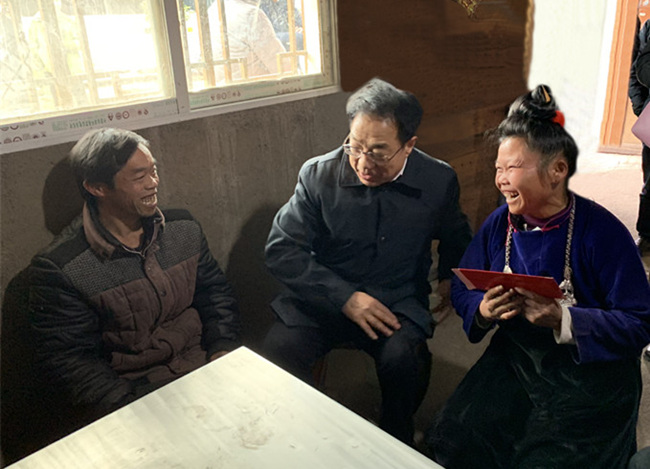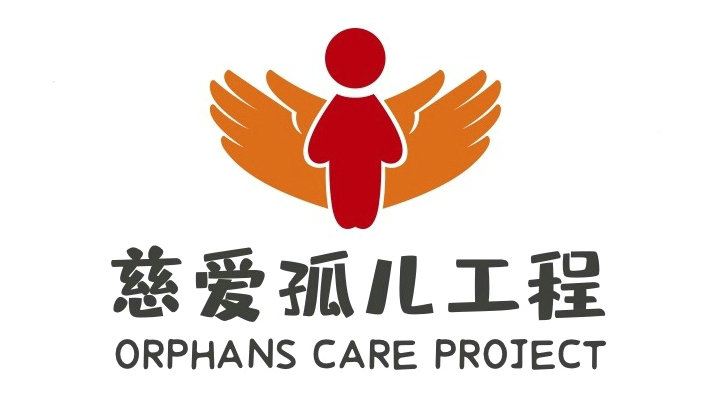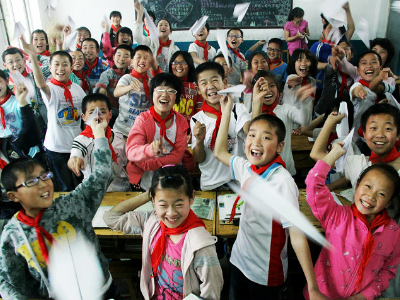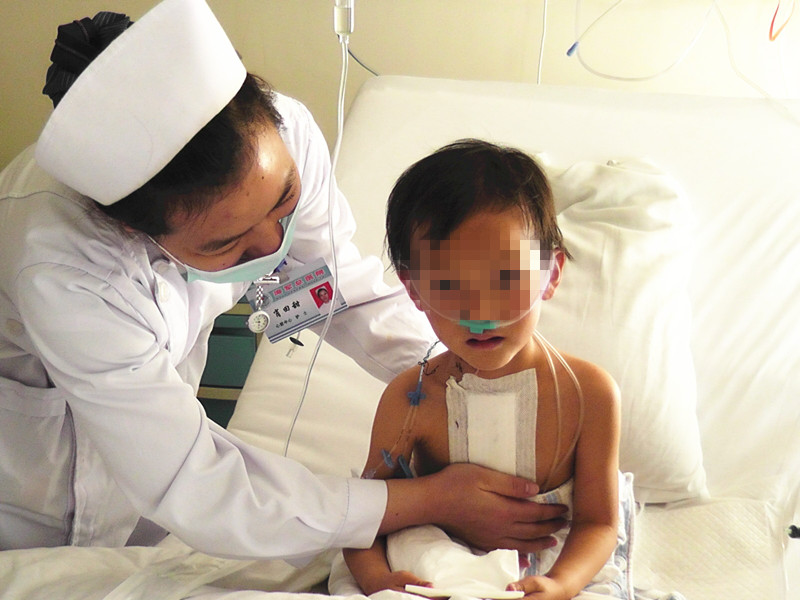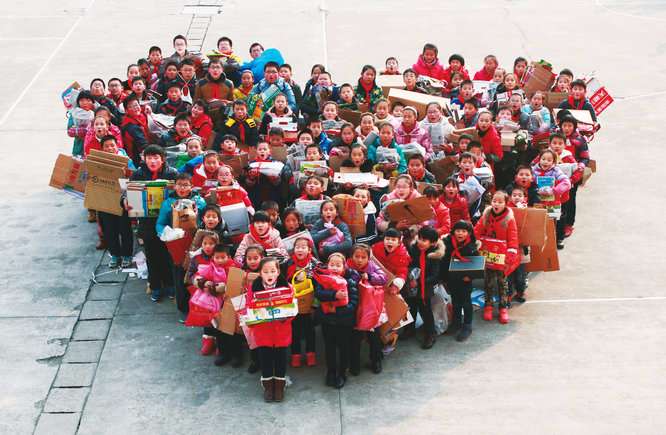→ 英文网站
Recommend Projects

WeChat Attention
A Better Tomorrow for Children
2019-10-01 11:13
Background
Following China’s rapid economic growth and urbanisation in the 1990s, a vast amount of its rural population has migrated to urban areas for employment. Some children have followed their parents while others stayed behind. Those who stayed are called “left-behind children”. Most organizations agree that while material support for these children is important, mental and psychological needs are even more pressing. In short, the educational and emotional needs are huge when we consider the scale of this issue.
The numbers are quite staggering – it is estimated that China now has approximately 9.02 million left-behind children. Sadly this translates into one in every 5 children in China being left-behind. Worryingly, 43.8% of the children have no interest in school, 39.8% feel lonely, and 2.6 million children haven’t received a single phone call from their parents for a year.
In response, China Charity Federation (CCF) and United Way Worldwide (UWW) will mobilize social organizations, corporates, volunteers and all level of charity organizations to establish a solution platform to provide contextualized services in community level. These “Second Home Community Centres” will act as ‘one-stop shops’ for resources and support that are desperately needed throughout China. This will be a long-term cooperation between UWW & CCF and a huge step in the right direction to tackle this critical social issue.
The Solutions: Installation, Goals, Program Structure and Cost
· Installation – Shandong, Anhui, Guizhou, Sichuan, Chongqing, Jinan, Hefei and Fuzhou will be our
priority pilot locations.
· Goals – Open the eyes, minds and emotions of China’s left-behind children to the care and love
they deserve. Beyond the children, many other members of these families need support and the
Community Centres will be an important meeting place for tackling these issues and providing help.
· Program Structure
· Community Centres – a range of services will be provided in these Community Centres.
The facilities will be designed around the theme of family and togetherness so that those who attend feel at home in the centres and receive an open welcome. There will be a key focus on learning, reading, time for play, entertainment, and social events. These Centres will strive to solve problems such as emotional issues due to the absence of parents, problems with school performance amongst the children, psychological disorders and the many other difficulties that these left-behind children are experiencing. The Centre will closely cooperate with local schools and other official community offices.
Simply providing internet services for children/grandparents to connect with their parents who
have moved away for work would be a huge step in the right direction. We envisage other elements
in the Centre like picture book story-telling spaces, classrooms and a room specifically for counselling those children suffering from psychological/behavioural problems.


